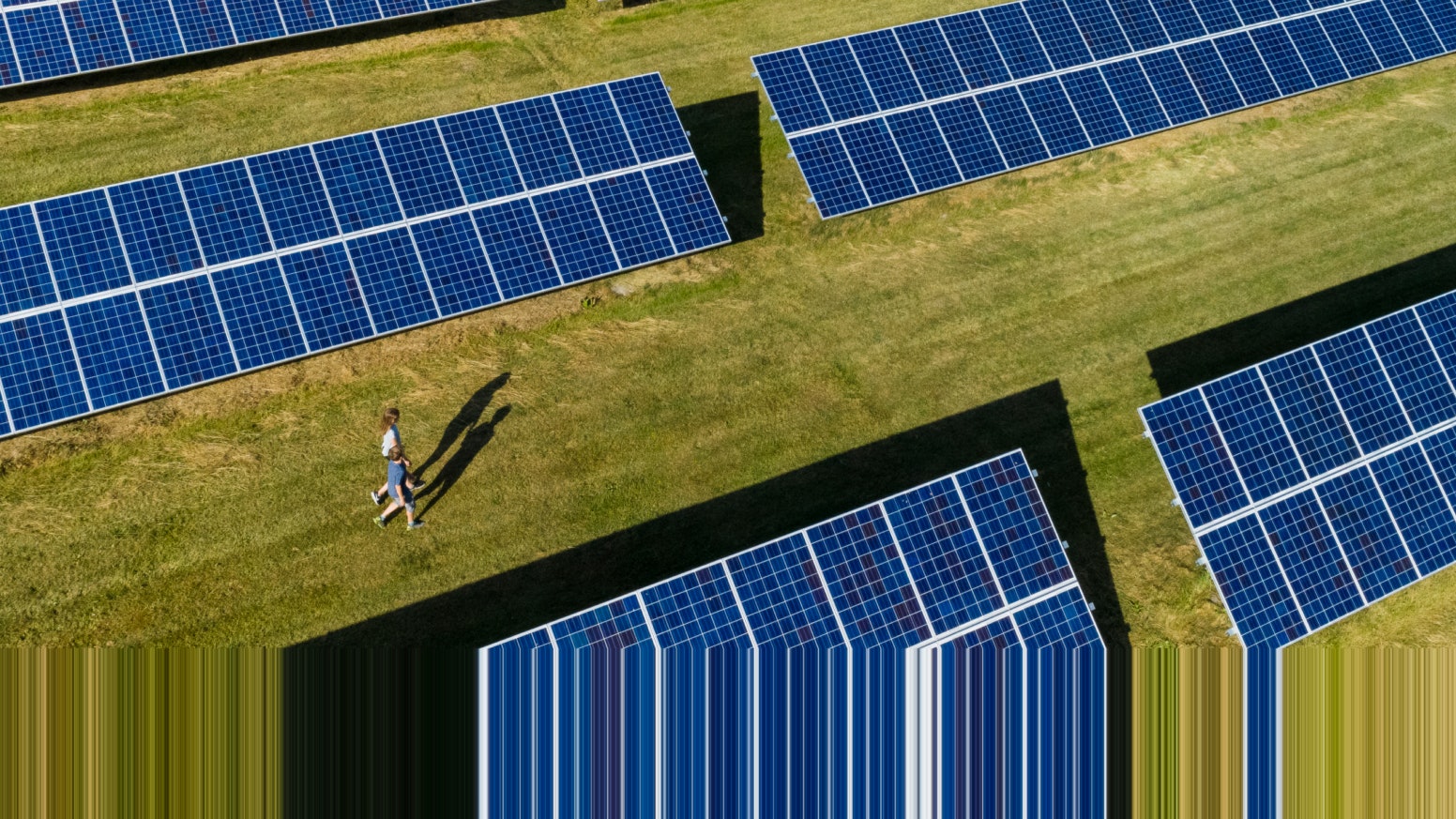How Solar & DER businesses can unlock new sales

There’s no denying the solar industry took a hit during the pandemic due to supply chain disruptions, but things are looking brighter for 2023 and beyond. Residential solar is particularly hot, showing a 43% increase in installations from Q3 2021 to Q3 2022.
This ongoing surge in solar sales can be attributed to a few factors:
- The overall cost of solar installation has dropped 60% over the last decade.
- The cost of electricity from utility providers has increased by 15.8% in the last year.
- The increased availability of batteries (an estimated 29% of new systems will be paired with storage by 2024) further improves system economics.
The solar industry is primed for unprecedented growth — are you ready?
New policies are creating major tailwinds
The solar Investment Tax Credit (ITC) is one of the greatest contributors to the explosion of solar sales, helping the US solar industry grow by 200x since its creation in 2006. It offers tax credits to households that purchase a new solar system, easing the financial burden of an expensive installation.
Recently, the U.S. Congress passed the Inflation Reduction Act (IRA) to extend the ITC for another decade and raise the tax credit to 30%. The Biden administration has also embraced the aggressive goal of expanding access to community solar to the equivalent of 5 million households by 2025.
The federal government isn’t the only institution set on lowering barriers for community and residential solar. There are 36 states that also offer property tax exemptions for those who switch to solar, and 25 that offer sales tax exemptions. As affordability increases, solar providers will rush to earn more of the expanding market. The race is on.
More specific state policies and adjustments are driving nuanced impacts that businesses need to prepare for. In California, a recently updated Net Billing policy (NEM 3.0) will alter the economics of rooftop solar projects in the state.

For more on the impact of NEM 3.0, and how your business can prepare, view our webinar.
View webinarWhat’s holding solar providers back?
Despite cutting-edge technology and hungry consumers boosted by tax exemptions, many solar providers continue to struggle to optimize their acquisition and sales process. Their high customer acquisition cost (CAC) can be attributed to a number of factors.
First and foremost, sales teams must overcome initial objections to high installment costs — yes, even with the increased tax exemptions — which can be offset by demonstrating the lifetime value of solar. However, solar providers have limited access to utility bill and tariff data, making it difficult to accurately project cost savings. This also means that they don’t have access to ongoing usage data after the point of purchase, limiting their ability to identify optimization and cost-saving opportunities.
Sales teams also have to contend with long solar sales cycles that include educating prospects, waiting on the prospect to provide utility bill data, site evaluation, panel design, financing, and more. Unfortunately, many prospects drop off during this process.
What’s next?
In the age of same-day shipping and one-click purchases, consumers expect fast, reliable, and personalized service. Solar sales will go to providers who streamline their sales cycles and provide ongoing value. For that, providers need cutting-edge technology and access to comprehensive utility data.
Solar companies should be on the lookout for more effective ways to access utility data as well as improve the software they use to forecast savings, bill their customers, monitor usage, and more.
For more on how to boost solar sales through technology and access to data, check out our new whitepaper: What Consumers Want in Their Solar Buying Experience, or contact our enterprise sales team.
